1. Pets Dream, Just Like We Do
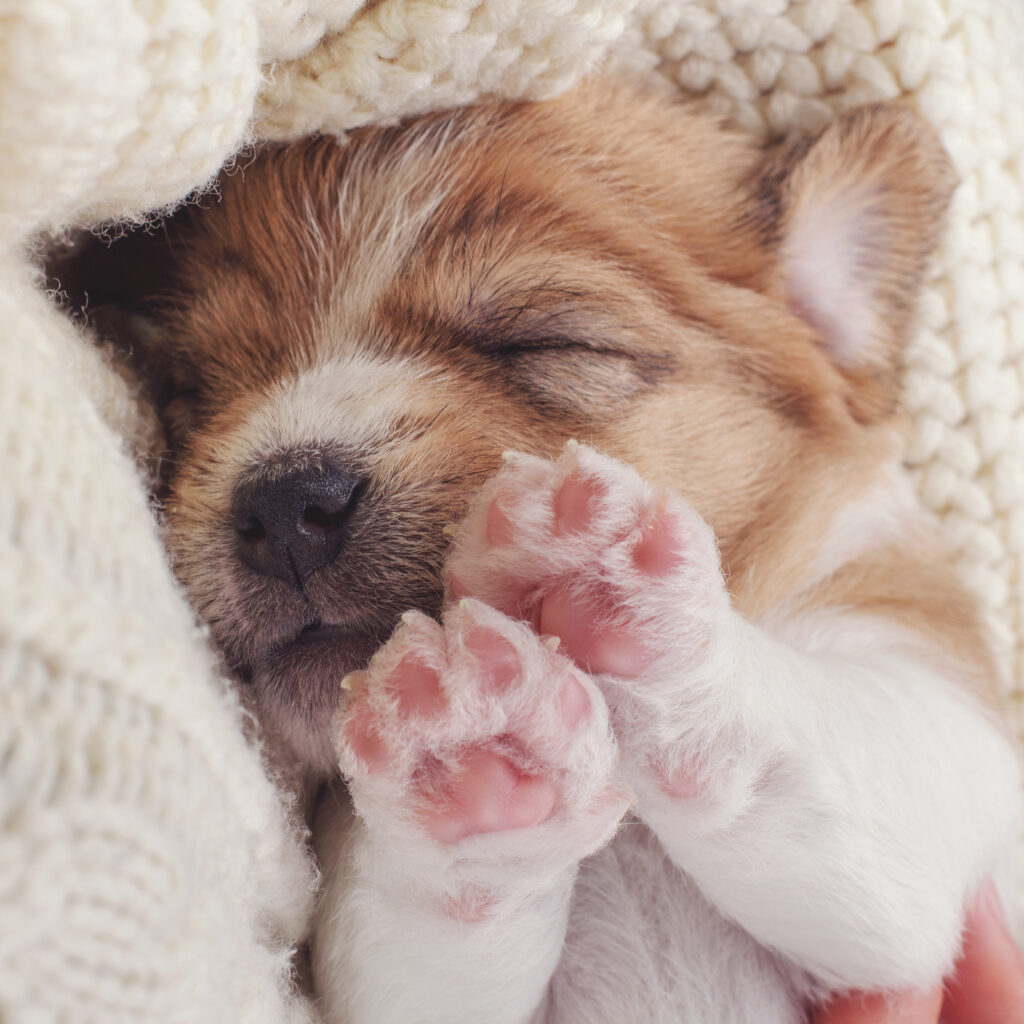
Your pet isn’t just snoozing—they’re likely dreaming too. Scientists have discovered that animals experience REM sleep, the same stage of sleep where humans dream. During REM, brain activity spikes, and if you’ve seen your dog twitch or your cat’s whiskers quiver while sleeping, you’ve witnessed this firsthand. Studies show that animals’ dreams often reflect their daily experiences, which means your furry friend might be reliving that game of fetch or chasing imaginary mice. So, next time your pet twitches in their sleep, know they’re not just napping—they’re adventuring in dreamland.
2. They Might Be Dreaming About You
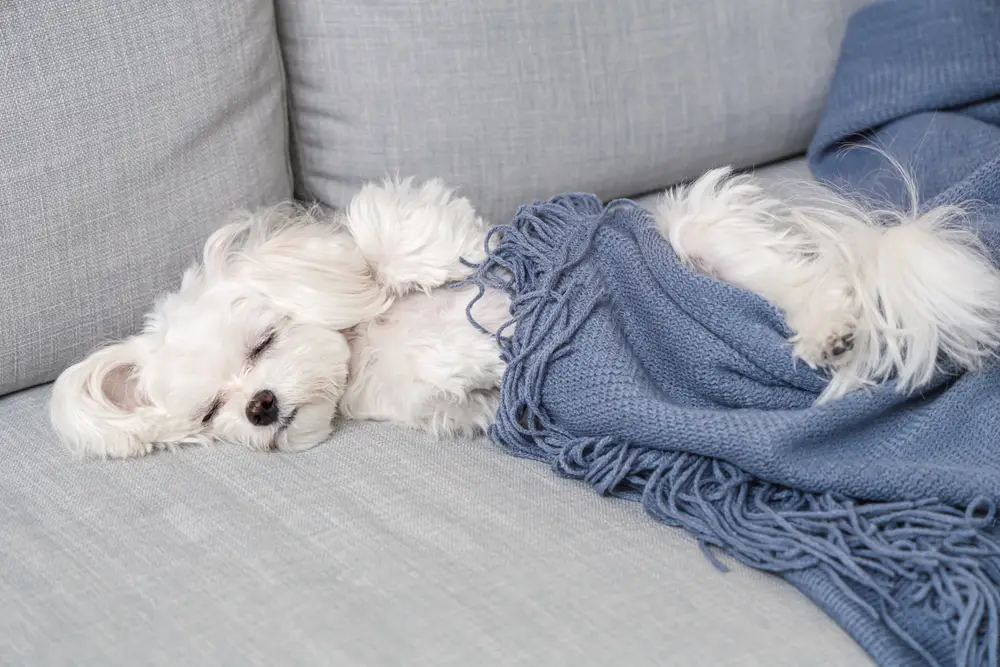
Yes, your pet might be dreaming about you. Researchers believe that since pets spend most of their time with their owners, their dreams are likely filled with moments from their daily interactions—like you feeding them, playing with them, or giving belly rubs. Dogs, in particular, are thought to have human-centered dreams due to their strong bonds with us. So, when your pup barks softly in their sleep, they could be dreaming of you tossing their favorite ball. You’re not just their best friend; you’re also their dream co-star.
3. Cats’ Dreams Are All About the Hunt
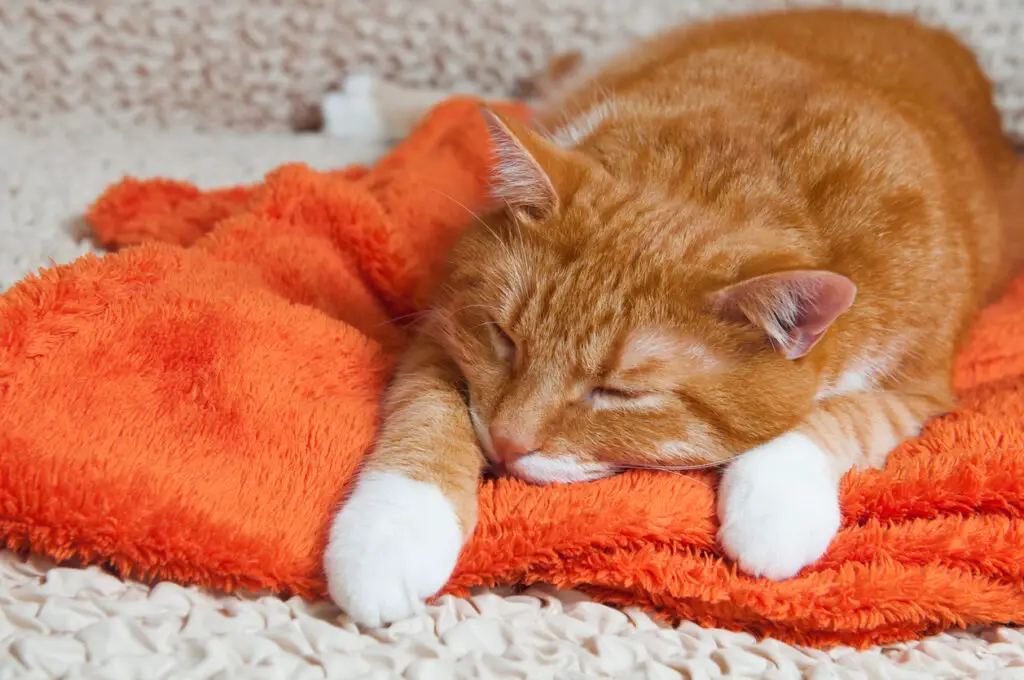
Cats are natural hunters, and even when they’re dreaming, they don’t take a break from the chase. Studies suggest that feline dreams often involve hunting scenarios—stalking prey, pouncing, and batting imaginary critters. That twitching tail or sudden paw swipe while they’re snoozing? It’s probably part of their dream hunt. Even indoor cats that have never seen a real mouse likely dream about their wild ancestors’ escapades. In the dream world, every house cat is a jungle predator, hunting with the precision of a tiny lion.
4. Pets Have Nightmares Too
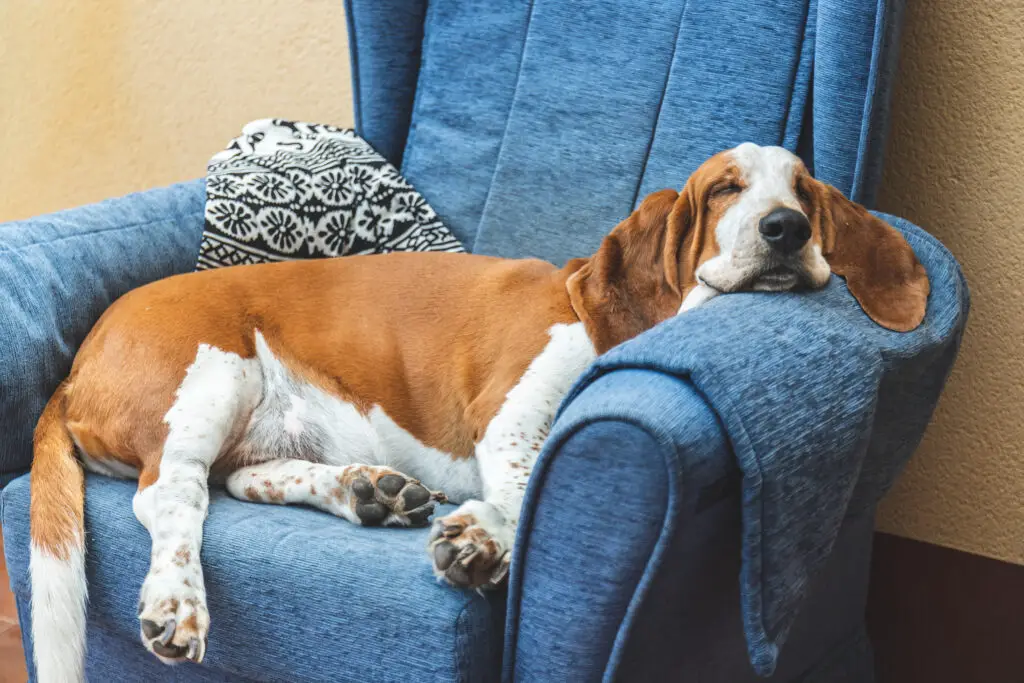
It’s not all happy dreams and wagging tails—pets can have nightmares as well. Just like humans, pets might relive stressful or scary experiences in their dreams. A rescue dog, for example, might have nightmares about its past trauma. If you notice your pet whining, growling, or looking distressed while sleeping, they could be in the middle of a bad dream. While it’s tempting to wake them, experts suggest letting them sleep unless they appear truly distressed. Don’t worry—they’ll wake up to the comfort of your presence.
5. Your Pet’s Sleep Position Might Say A Lot
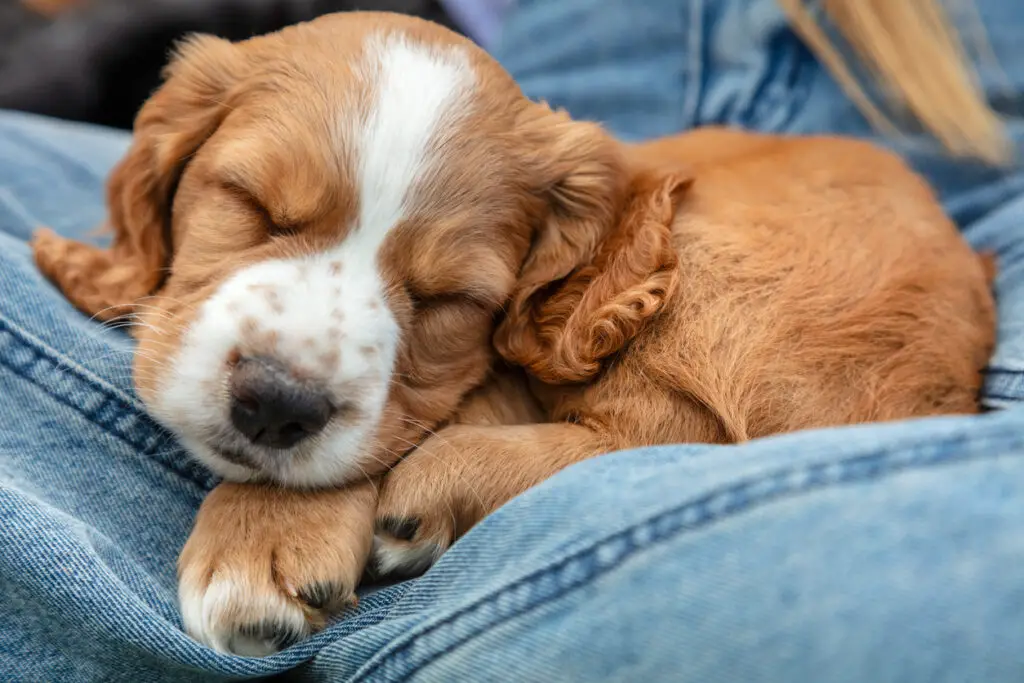
Your pet’s dream content might even depend on how they’re sleeping. Dogs that curl up tightly are likely keeping themselves warm while entering lighter sleep, while sprawled-out pups tend to fall into deeper sleep—and dream more vividly. Cats, on the other hand, sleep in so many positions that deciphering them can feel like a puzzle. Whether they’re curled into a loaf or flopped on their back, rest assured they’re probably mid-dream about food, playtime, or your latest cuddle session. Pets have truly mastered the art of multitasking—even in their dreams.
6. Dogs Might Dream About Smells
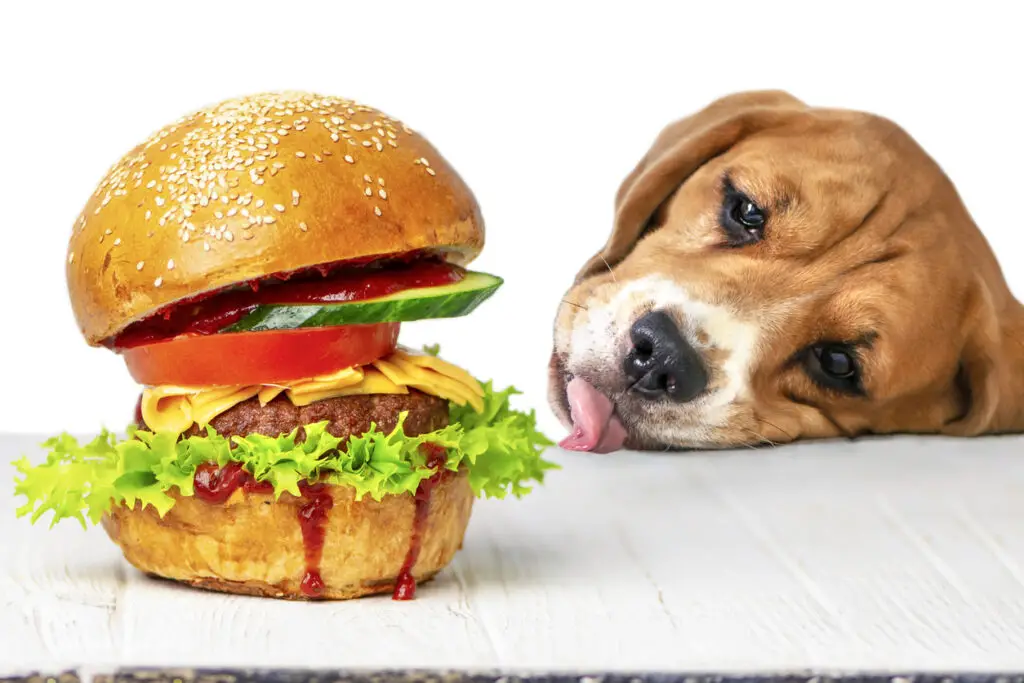
Dogs experience the world primarily through their noses, so it’s no surprise that their dreams might revolve around scents. Scientists believe dogs’ dreams may involve sniffing out familiar smells, like their favorite treat or even your scent. When their noses twitch while they’re asleep, they could be chasing a phantom smell in their dreamscape. With up to 300 million scent receptors, your pup’s dream world might be a smorgasbord of intriguing aromas. For dogs, even in dreams, life is all about following their nose.
7. Puppies and Kittens Dream More Than Adults
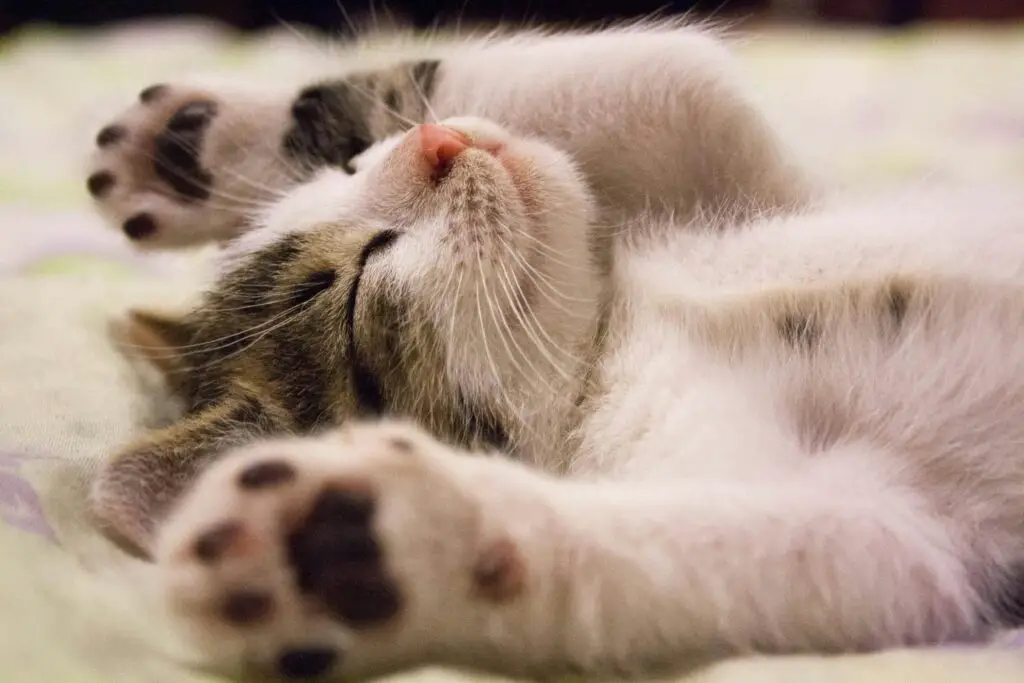
Ever notice how young pets seem to twitch and wiggle a lot in their sleep? That’s because puppies and kittens spend more time in REM sleep than adults, giving them more opportunities to dream. Scientists suggest their dreams may help process new experiences and develop important skills, like walking, playing, or hunting. So, those adorable twitching paws might mean your puppy is practicing their future zoomies or your kitten is perfecting their pounce. It’s like dream rehearsal for the adventures of adulthood.
8. Birds Dream Too—And They Sing About It
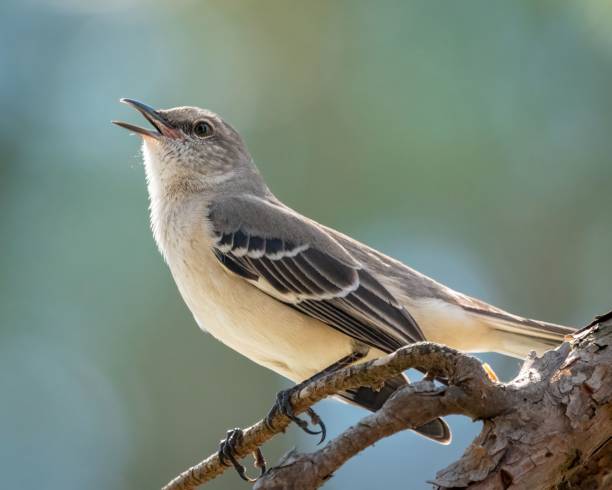
It’s not just cats and dogs—birds are dreamers too! Studies have shown that songbirds replay their melodies in their dreams, likely helping them refine their songs. Researchers discovered that while sleeping, birds’ brain activity mimics the patterns they use while singing during the day. It’s like their version of practicing in their sleep. So, if you’ve got a feathered friend, don’t be surprised if they chirp or tweet in their dreams—it’s all part of their musical mastery.
9. Pets Can Dream About Problem-Solving
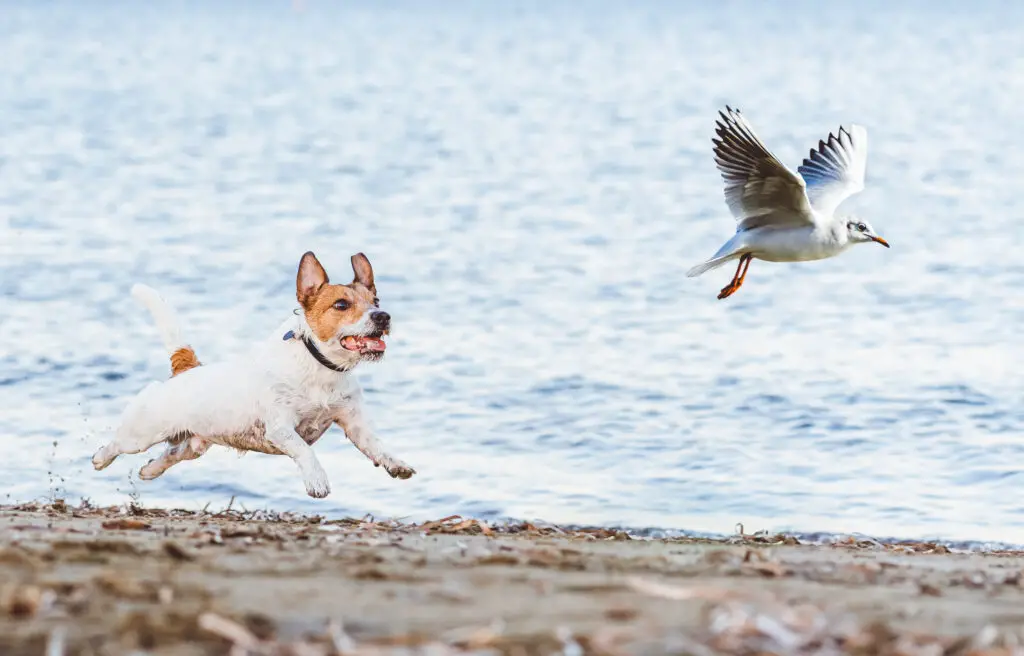
Ever notice your pet wake up with renewed energy, ready to tackle a challenge? Pets might use dreams to work through problems. For instance, your dog could be dreaming about the squirrel they couldn’t catch or a puzzle toy they struggled with. Just like humans, their brains may be replaying and analyzing events to figure things out. The next time your pet nails a tricky task, they might just have their dreams to thank for the lightbulb moment.
10. Dreams Help Pets Process Emotions
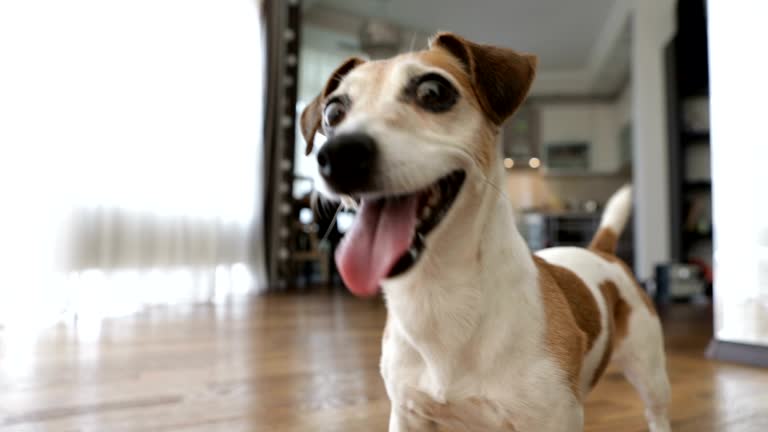
Dreaming doesn’t just replay the day—it also helps pets process their emotions. Whether it’s the excitement of seeing you come home or the stress of a vet visit, their dreams may allow them to decompress and process these feelings. Dreaming plays a role in emotional regulation, which is why sleep is so important for pets. So, when you see your cat kneading the air or your dog softly whining in their sleep, they could be working through their emotions—just like we do.
11. Pets Dream About Their Favorite Activities
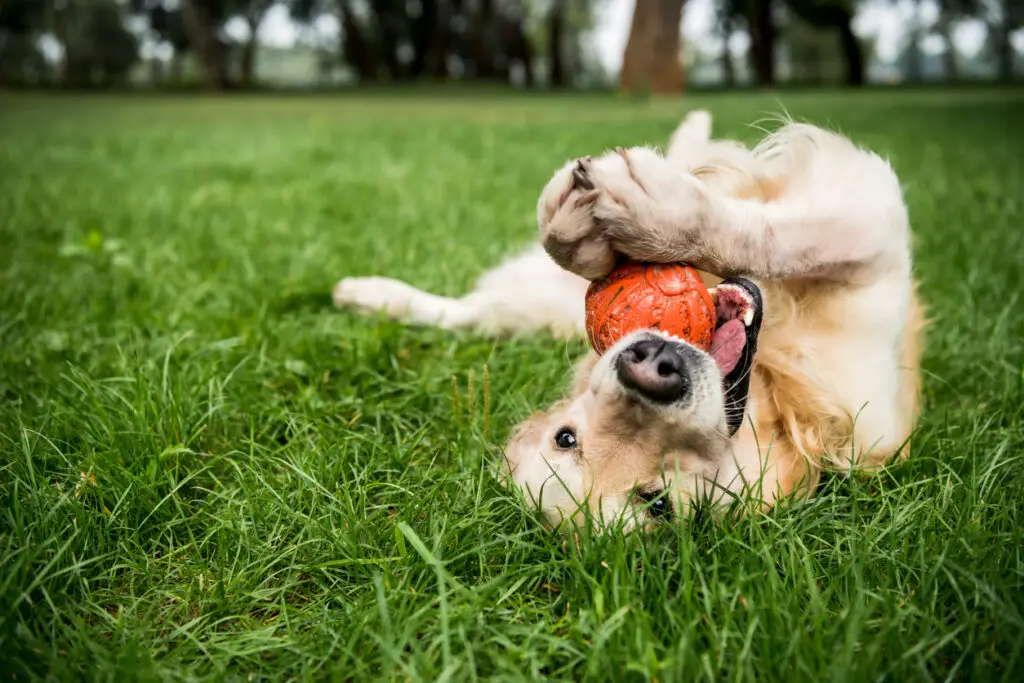
If your dog loves chasing balls or your cat spends hours stalking toy mice, chances are, those activities pop up in their dreams. Scientists believe pets replay their favorite pastimes during sleep, which is why you’ll sometimes see a dog’s legs running or a cat batting at invisible prey while snoozing. Dreams help solidify skills and memories, so your pet’s dream world might be a greatest hits reel of all their happiest moments. Even in their sleep, they’re living their best lives.
12. Stressful Days Equal Active Dreams
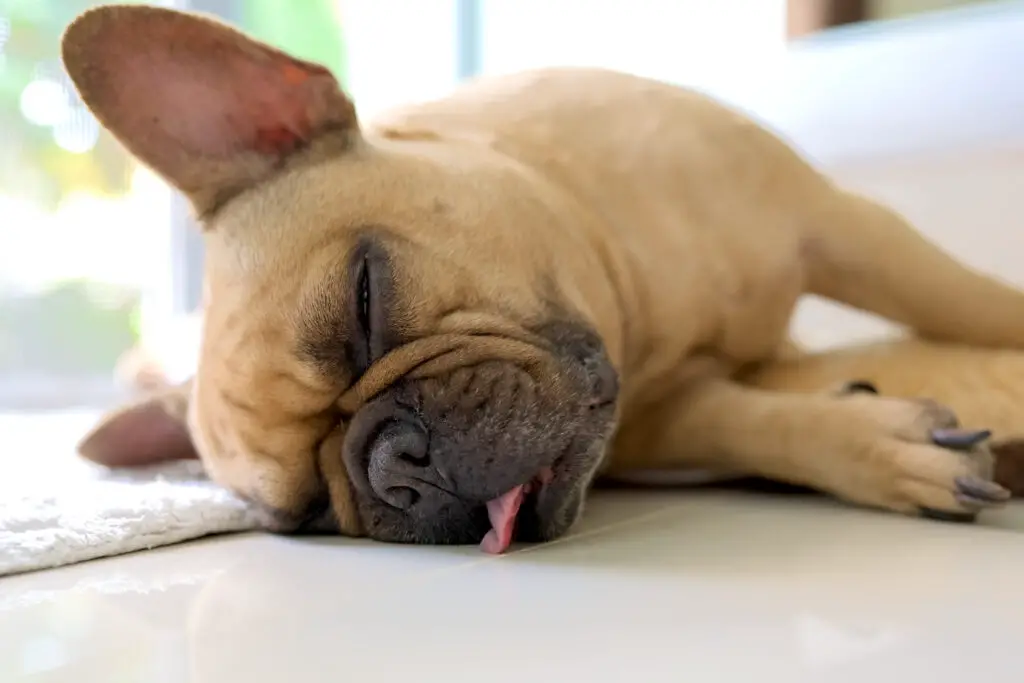
Just like humans, pets may have more vivid dreams after a particularly eventful or stressful day. A trip to the vet, meeting a new friend, or encountering something unfamiliar could cause their brains to process those events during REM sleep. If your pet is twitching, vocalizing, or moving more than usual during sleep, it might mean their brain is busy sorting through the day’s highs and lows. Their dreams could be their way of making sense of an overwhelming or exciting day.
13. Dreaming Helps Pets Stay Sharp
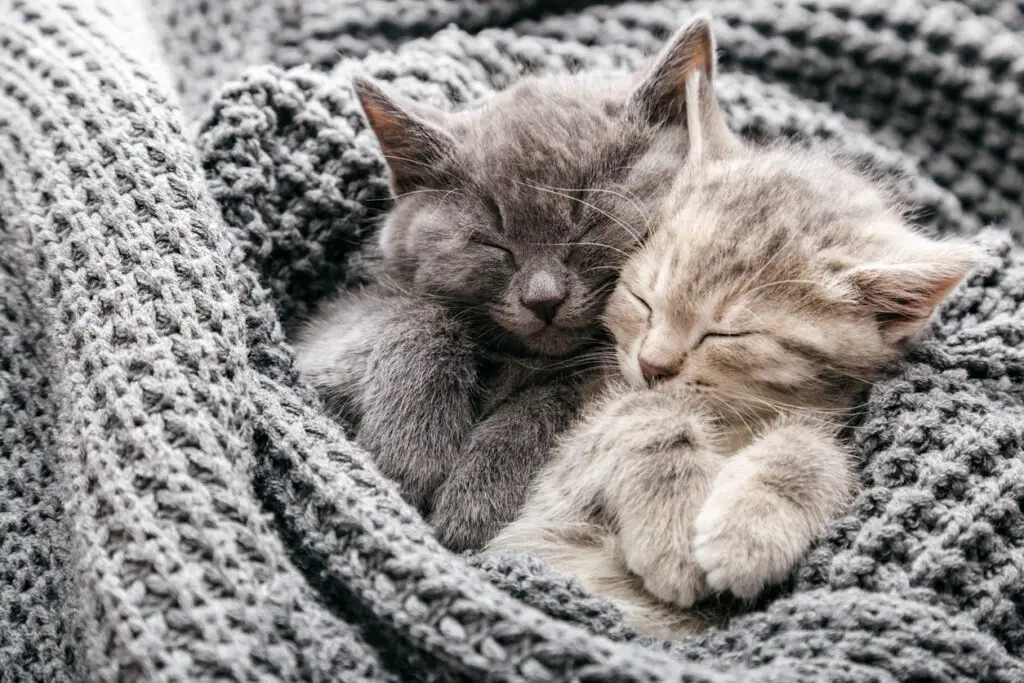
Dreams don’t just process memories—they’re also critical for keeping pets mentally sharp. Dreaming allows pets to practice behaviors and skills that are essential for their survival, like hunting, navigating, or bonding with their pack. For example, a dog dreaming about running through a park might be reinforcing its coordination, while a cat dreaming of pouncing might be honing its instincts. Dreams are essentially a training ground, keeping their minds active and ready for whatever life throws their way—even if that’s just another game of fetch.


